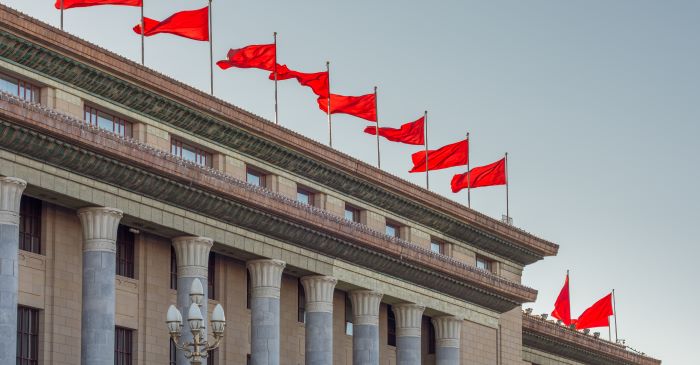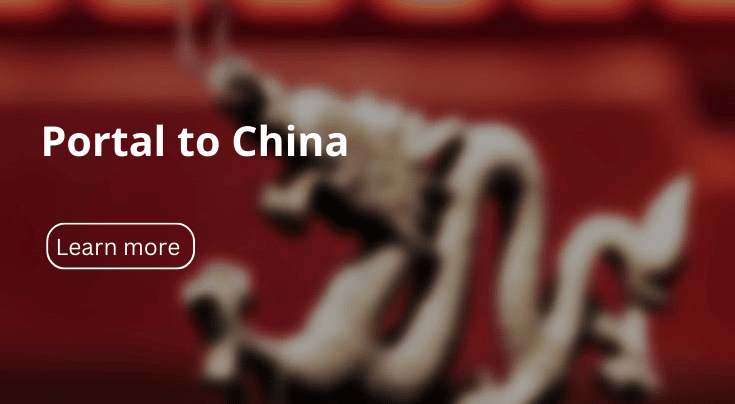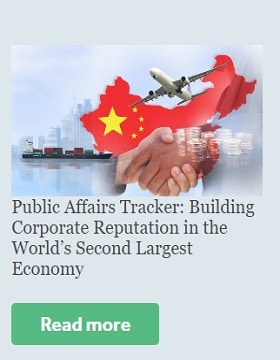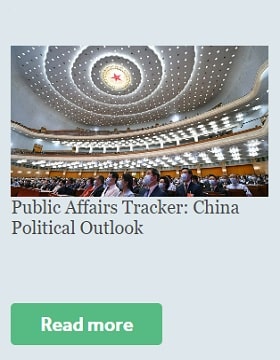
Rob van Alphen Joins Sandpiper to Lead Customer Journey Offering

Consumer Expectations Index 2022 for Asia Pacific
Public Affairs Tracker: A Primer on China’s Party Leadership
October 2022

By Serena Cui, a Director of Sandpiper based in Beijing, China. Serena has extensive experience in the corporate communications and public affairs both in the U.S. and in China. She has extensive knowledge of China’s media and political landscape, and the challenges faced by both multinational companies in China and Chinese companies expanding overseas.
China will hold its 20th Party Congress on October 16. This is considered to be the most important political event of the decade, with profound implications for all aspects of society. The week-long summit is expected to bring about a reshuffle of the Party’s top leadership and outline some of the country’s policy directions for the years ahead. This guide is intended as a brief introduction to the organisational structure of China’s leadership for those who are interested in the potential economic and investment implications of this month’s Party Congress.
Central Organisations
The Party’s central organisations consist of the National Party Congress, the Central Committee, the Politburo, the Politburo Standing Committee (PSC) and their executive offices.
- The National Party Congress is the highest leading body within the CPC. There are around 2280 delegates formally elected for the 19th Congress in 2017. The Congress generally meets every five years, when convened by the Central Committee. It reviews the reports from the Central Committee, discusses and decides on major policy issues and revises the Party’s Constitution. It also votes to elect the members of the Central Committee and the Central Committee for Discipline Inspection (CCDI).
- The Central Committee is elected by the National Party Congress. Members are drawn from officials of provincial and ministerial ranking and above. For example, these include party chiefs and governors of provinces, ministerial level commissioners, and heads of military-region level organisations, etc. The Committee is tasked with electing the General Secretary, members of the Politburo, the Politburo Standing Committee (PSC), and the Central Military Commission.
- The Politburo, Politburo Standing Committee (PSC) and the General Secretary are elected at the first Plenum following the Party Congress. The Politburo is comprised of 25 members and generally convenes on a monthly basis to discuss major issues. It is responsible for appointing officials to key state positions and powerful regional roles. Power within the Politburo is further centralized in the hands of the PSC, which in recent years has been made up of seven members.
Local Organisations
Local bodies follow a similar structure to party organisations at the central level. Local party committees get together and report regularly to committees at the next level of the regional party bureaucracy. Plenary sessions of local committees are held at least twice a year, during which the local standing committees, party secretaries and deputy secretaries are elected and proposed to party committees at the next level for approval.
The CPC, National People’s Congress, and State Council
The Communist Party of China (CPC) is the leading party in China, but there are separate systems for governance and legislation. The CPC exercises its dominance over the state through holding key government positions and having its decisions endorsed by China’s legislative body, the National People’s Congress.
- The CPC provides political guidance to the National People’s Congress and oversees its legislative agenda.
- The National People’s Congress convenes in full once a year, in March. As China’s national legislature, its remit includes amending the country’s Constitution, electing the President, determining the Premier of the State Council, approving budgets, enacting laws, and other duties. Specifically, the People’s Congress reviews the Government Work Report, which lays out the fiscal budget and sets a number of targets, such as economic growth.
- The State Council is led by the Premier and serves as China’s main administrative authority; its function is to oversee the cabinet-level ministries and commissions that carry out the daily operations of the state. Specifically under the State Council, People’s Bank of China (PBoC) is in charge of monetary policy, China Banking and Insurance Regulatory Commission (CBIRC) implements banking and issuance regulations, China Securities Regulatory Commission (CSRC) oversees the capital market, and Ministry of Finance (MOF) works on the execution of fiscal policy.
China’s Economic Policymaking
- Central Economic Work Conference takes place at the end of every year and is considered to be the most consequential meeting for the economy. Policy targets and priorities for the upcoming year will be discussed during this meeting.
- Politburo meetings take place monthly, and the economy is invariably a significant subject of focus. Meetings in April, July and December are particularly important for investors as they send out signals for upcoming policy pivots.
- Central Committee for Financial and Economic Affairs is chaired by General Secretary Xi and considered to be the highest-level economy-related working group. It meets twice a year. The latest meeting in April emphasized the importance of continuing China’s infrastructure modernisation as a key priority, while the August 2021 meeting reintroduced the concept of ‘common prosperity’ as a long-term strategy, signalling a shift towards greater state control over the economy.
Key Date to Watch
- October 16: General Secretary Xi will deliver a lengthy political report, summarizing the Party’s past achievements and setting out the policy priorities for China over the next 5 years and beyond. A new Central Committee will be elected.
- October 22: Possible end day of the Congress.
- October 23: The first plenum will take place the day after the Congress concludes. The new Politburo and its Standing Committee will be elected and announced to the public.
- March 2023: The reshuffling of Party and government officials following the 20th Party Congress will be completed after the Two Sessions
Sandpiper is your partner to track China’s latest policy development across sectors and inform your business strategy and planning. Should you desire customised analysis and insights or require an introduction to China’s policy making process, Contact Us today.





